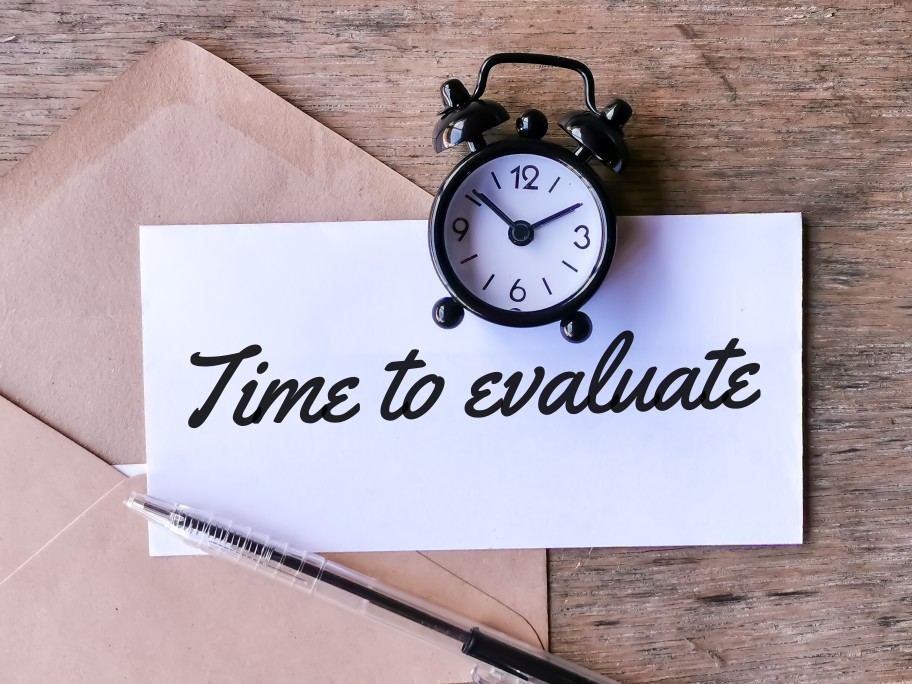As we continue to operate in a mostly virtual work environment, Zoom calls are still alive and well. As a matter of fact, I’d argue that we have far too many Zoom calls. If everyone was back in physical offices, there wouldn’t possibly be as many face-to-face meetings. My biggest pet peeves with Zoom calls, well meetings in general, are those that start late and/or those that end late. And generally, those that start late are also the ones that run past their time. Enter the domino effect.
I’ve spent some time researching best practices for meetings, to help provide some ways that you can stay on track, respecting the time of those who are attending your meetings. After all, we don’t want attendees to decline future meetings remembering that your meetings are the ones that start late and often end late as well.
- Create an agenda and keep it small. If you fail to plan, you plan to fail. Consider your main objective, order of importance of your talking points, and allot time for each item. If you try to cram too much into a short timeframe, you are sure to run over. Focus on less, and if you end the meeting early, no one will complain about getting time back in their day (likely before they “run” to their next virtual meeting).
- Don’t let others take over. Letting someone else take over will surely cause the meeting to run over. When you are planning your agenda, account for time needed for comments and questions after each talking point. Be transparent to co-presenters, so they know how much time is allotted for their section, so they can aim to stay on track. If comments and questions are getting lengthy, offer a separate conversation offline via email.
- Start on time. You should always arrive to meetings, especially your own, 2-5 minutes early. If you are hosting a call, you should be the first one there. It gives you time to greet attendees and collect your thoughts. If you arrive on time and wait for others to join, you are disrespecting the time of those who joined the meeting on time. Be punctual.
- Consider whether the meeting is required. Many meetings could easily be managed through email or chat. Ask yourself if your talking points require a meeting. Determine if your objective calls for input from everyone or a select group of people. If the questions are straightforward and don’t require back and forth dialogue, ask yourself if an email would be sufficient.
We are so used to scheduling meetings for everything, which is just contributing to the Zoom burnout we all know way too well. By following the four points above, you will naturally make people feel that you value their time. Oh, and if you are speaking/presenting on a call, please turn your camera on. My rule of thumb is, if the host has their camera on, turn your camera on. It’s not easy to engage when you can’t see people’s faces.
Do you have tips for people who struggle with starting/ending meetings on time? Drop me a note at jennaw@idebamarketing.com. I’d love to hear from you!
-Jenna Whelan, VP of Consulting and Research Services






